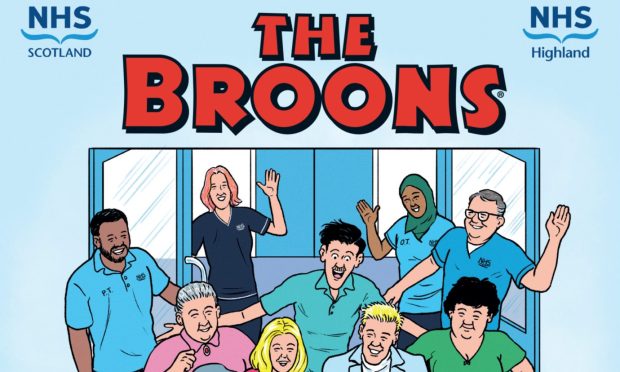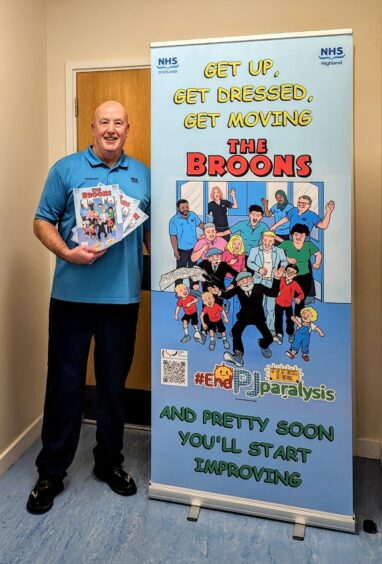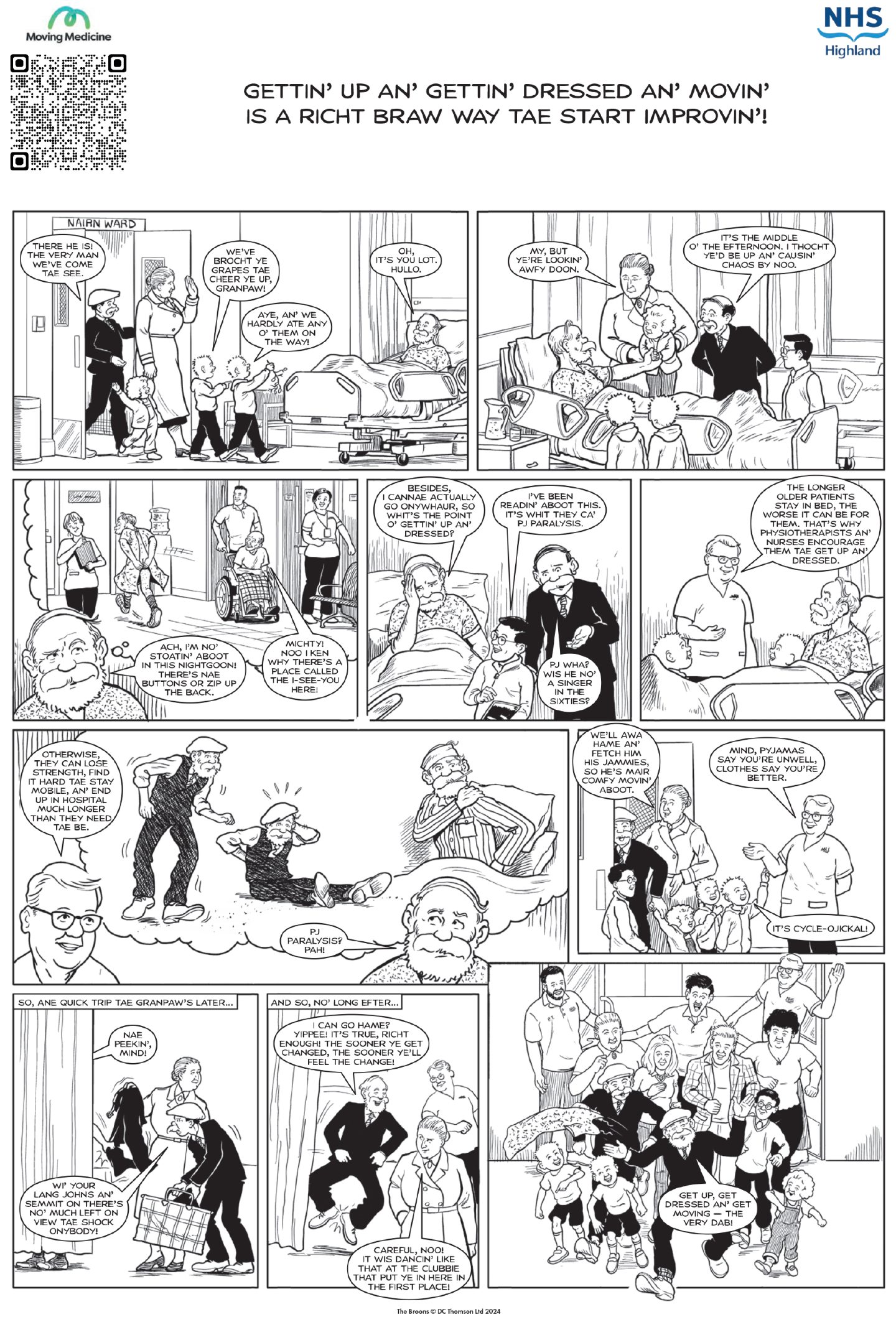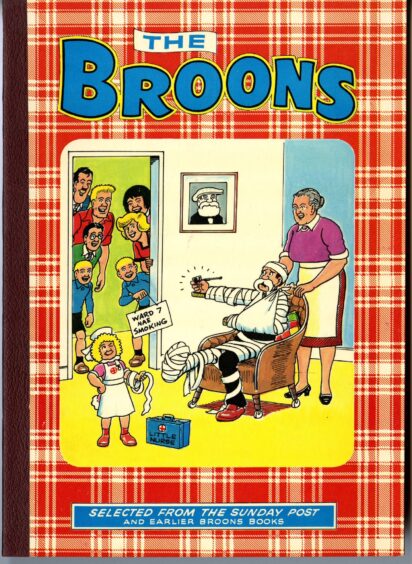When packing for a stay in hospital, there are things that will most definitely make it into your bag. A toothbrush and soap, maybe a puzzle book, certainly a few pairs of pyjamas.
Following a procedure, whether routine or not, the societal norm has long been bed rest, fueled by the idea that this will help your body heal.
The reality is that, if this stasis lasts three weeks, your strength and physical function will reduce by the same amount as aging 30 years. Just one week of inactivity could lead to a loss of 1.5kg of muscle mass. Two days and your ability to walk independently could decline.
The Broons have partnered with NHS Highland to support the #EndPJParalysis campaign to highlight the importance of movement during and after a trip to hospital. A new pamphlet of comic strips aims to make informational accessible and easy for all ages to consume.
What is PJ Paralysis?
“The phrase ‘PJ paralysis’ describes the 95% of time hospital patients can typically spend inactive, either in bed or a chair, often in pyjamas or a hospital gown, leading to significant physical deconditioning,” explained Derek Laidler, professional lead physiotherapist for Argyll & Bute.
“We might fix someone’s acute illness, infection or injury when they come into hospital, but we are making some things worse. This can happen to anyone, but you see the biggest impact on elderly people.”
Improving physical and mental health
Derek wants to empower patients to take control of their recovery. He also wants to encourage relatives to make sure they keep moving both in hospital and once they return home.
“It’s about thinking of things everyone does anyway,” he said.
“Standing on one leg while you are waiting for the microwave to ping, getting out of a chair without using your arms, or choosing to take the stairs.”
Using movement to protect mental health during recovery is just as important too.
“After hospital you can feel a bit down and lose confidence doing what you used to do,” said Derek.
“That means you can end up isolating yourself. It is important to get back out in the community as it will aid your journey to recovery.”
A life-changing afternoon
One man Derek used movement to help is 73-year-old David Waltho.
When he wasn’t teaching, David spent his life seeking adrenaline and adventure, skiing and sailing to his heart’s content.
That all changed very quickly one afternoon during lockdown.
“I was sat waiting for Nicola Sturgeon to give an update on the state of affairs and suddenly, the yogurt I was eating started jumping all over the place and I had no control of it at all,” said David.
“I knew I was having a stroke so my wife got me in the car and we went to the local hospital. I was there for a month learning to walk again.”
David lost most of his independence that day, his mobility and vision severely impacted. The longing for his old life was difficult to deal with.
“I could have quite happily shut myself in the house and just looked out at the garden,” he said.
“You feel embarrassed. There are a lot of things I can’t do.”
The importance of movement
David was referred to Lorn & Oban Healthy Options – a local service that supports those with life-long health conditions. He met with Rory Graham, lead exercise professional, and started attending regular gym and strength and balance sessions.
Over three years, his strength grew and he regained some of his independence. The social element of the classes was as beneficial as the physical.
David’s wife, Mary, said: “He had been warned that our four walls would become his prison. But once he got down to Healthy Options he started to actually enjoy getting out the house. His mental attitude changed from that point.”
Though he isn’t back to his past self, and likely never will be, movement has helped David adapt to his new normal. This year, he is looking forward to celebrating his golden wedding anniversary with family.
“I am ever hopeful that I will keep improving,” said David.
“With a brain injury, the chance of any improvement is very small, but the classes really got me back up again. It makes life worth living.”
You can download The Broons x #EndPJParalysis comic strips and pamphlet here. Leaflets and posters will be circulated across all NHS Highland and Argyll and Bute Hospitals from Monday February 12.





Conversation